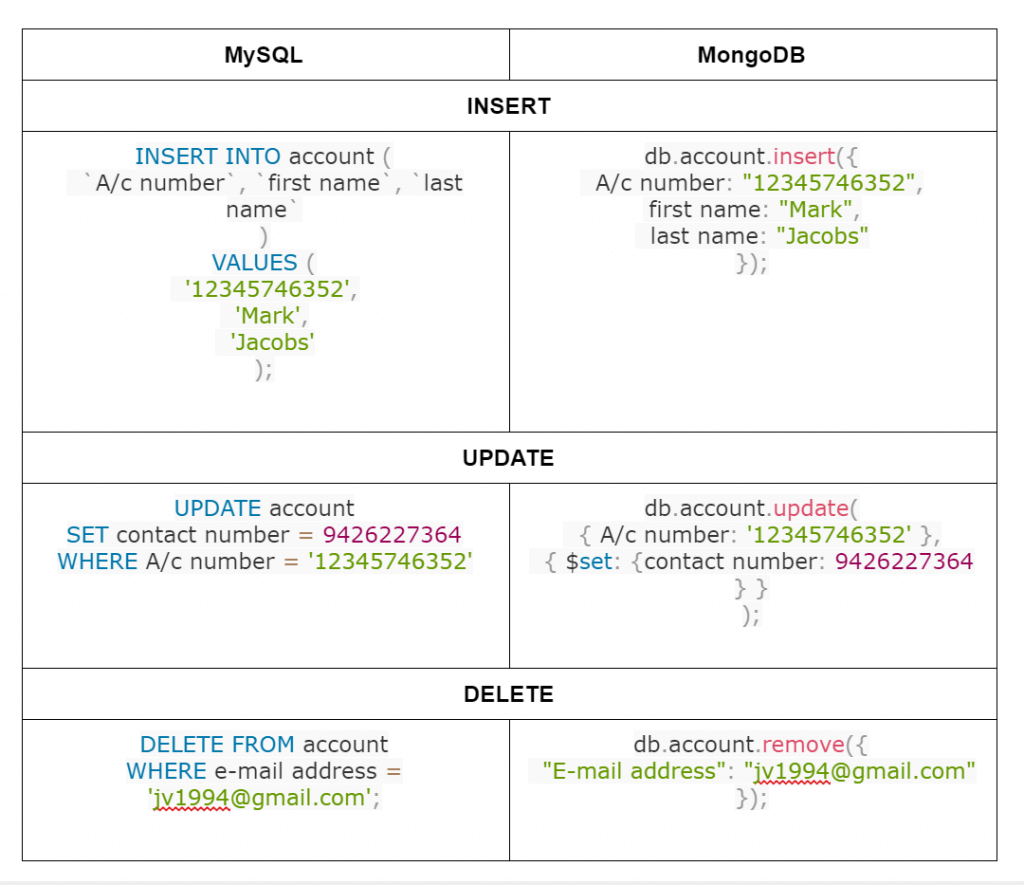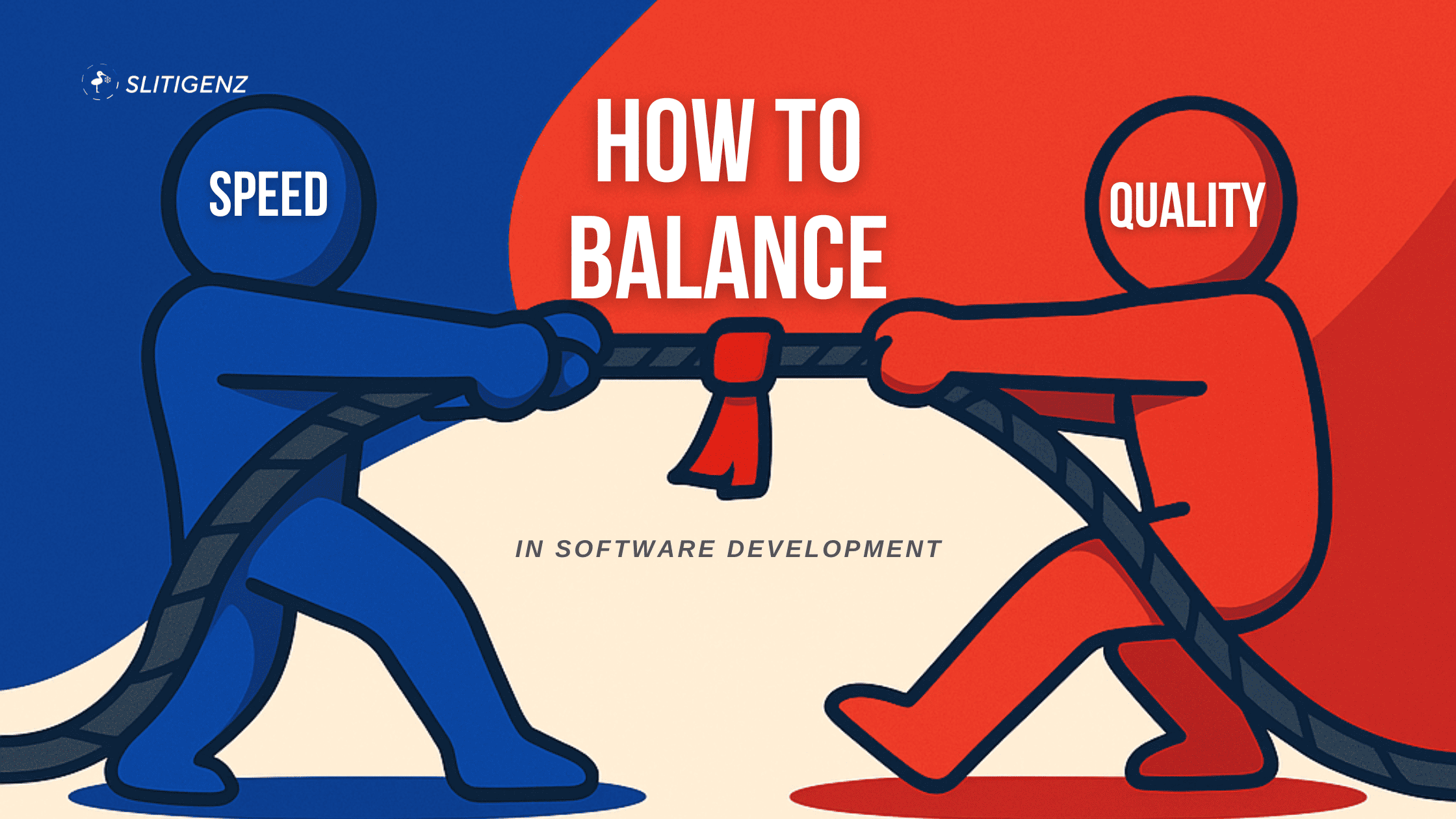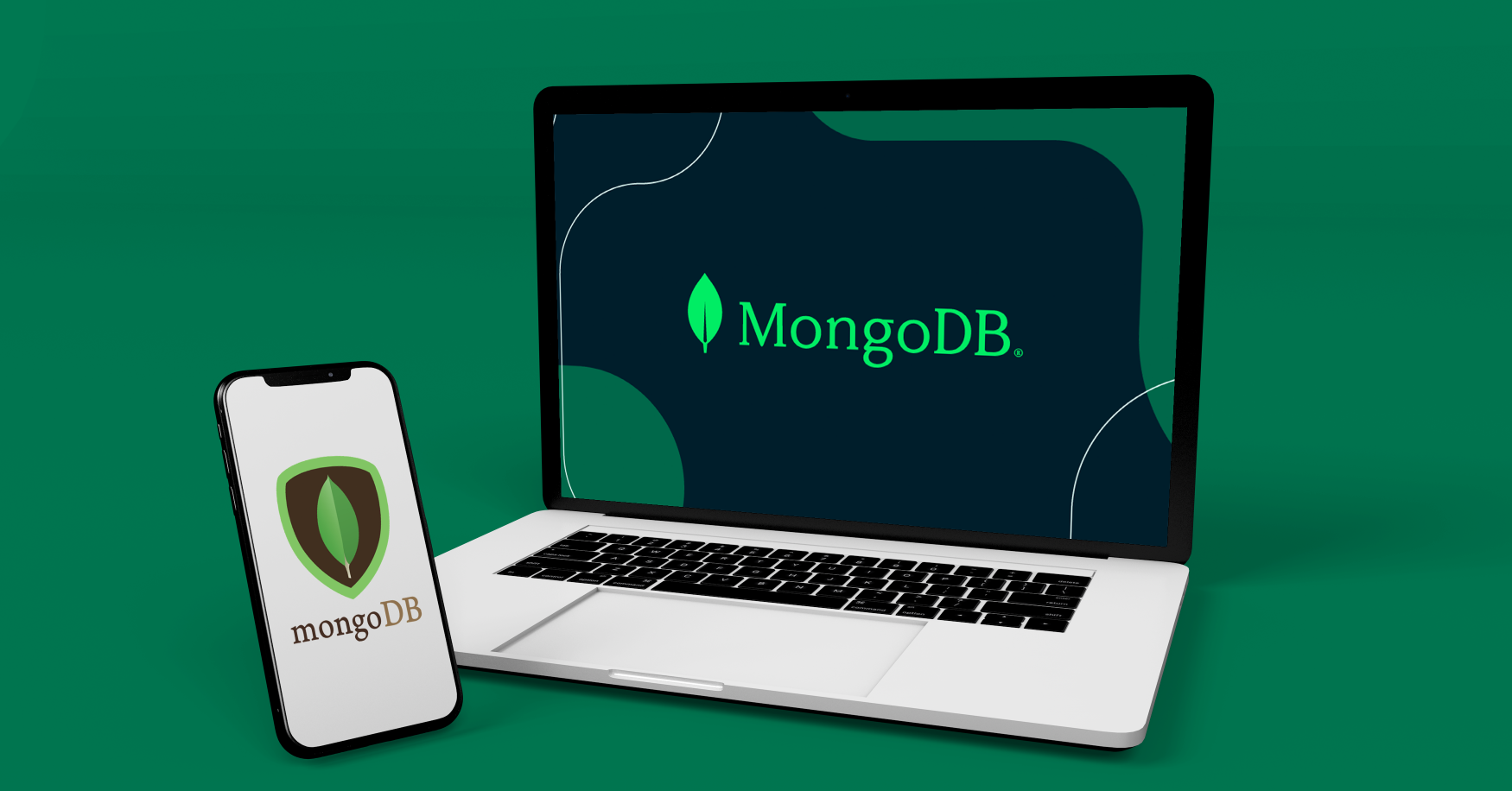What is MongoDB?

MongoDB is an open source NoSQL database management program. NoSQL is used as an alternative to traditional relational databases. NoSQL databases are quite useful for working with large sets of distributed data. MongoDB is a tool that can manage document-oriented information, store or retrieve information.
MongoDB supports various forms of data. It is one of the many nonrelational database technologies that arose in the mid-2000s under the NoSQL banner — normally, for use in big data applications and other processing jobs involving data that doesn’t fit well in a rigid relational model. Instead of using tables and rows as in relational databases, the MongoDB architecture is made up of collections and documents.
Organizations can use Mongo DB for its ad-hoc queries, indexing, load balancing, aggregation, server-side JavaScript execution and other features.
How it works?
MongoDB makes use of records which are made up of documents that contain a data structure composed of field and value pairs. Documents are the basic unit of data in MongoDB. The documents are similar to JavaScript Object Notation, but use a variant called Binary JSON (BSON). The benefit of using BSON is that it accommodates more data types. The fields in these documents are similar to the columns in a relational database. Values contained can be a variety of data types, including other documents, arrays and arrays of documents, according to the MongoDB user manual. Documents will also incorporate a primary key as a unique identifier.
Sets of documents are called collections, which function as the equivalent of relational database tables. Collections can contain any type of data, but the restriction is the data in a collection cannot be spread across different databases.
The mongo shell is a standard component of the open source distributions of MongoDB. Once MongoDB is installed, users connect the mongo shell to their running MongoDB instances. The mongo shell acts as an interactive JavaScript interface to MongoDB, which allows users to query and update data, and conduct administrative operations.
A binary representation of JSON-like documents is provided by the BSON document storage and data interchange format. Automatic sharding is another key feature that enables data in a MongoDB collection to be distributed across multiple systems for horizontal scalability, as data volumes and throughput requirements increase.
The NoSQL DBMS uses a single master architecture for data consistency, with secondary databases that maintain copies of the primary database. Operations are automatically replicated to those secondary databases for automatic failover.
MongoDB pros and cons

Advantages of MongoDB
Performance Levels
MongoDB stores most of the data in the RAM. It allows a quicker performance while executing queries.
It collects the data directly from the RAM than the hard disk and the returns come back faster. It is important to have a system with RAM and accurate indexes for enhanced performance levels.
High Speed and Higher Availability
MongoDB is a document-based database solution. It has attributes like replication and gridFS.
Its attributes allow an increase in data availability. It is also easy to access documents using indexing.
MongoDB performs 100 times faster than other relational databases and provides high performance.
Simplicity
MongoDB offers a simple query syntax that is much easier to grasp than SQL. It provides an expressive query language that users find helpful during development.
Easy Environment and a Quick Set-up
The installation, setup, and execution for MongoDB are quick and simple. It is faster and easier to set up than RDBMS and offers modern JavaScript frameworks.
This feature has allowed users to confidently select NoSQL structures. It also provides quicker learning and training opportunities than SQL databases.
Flexibility
MongoDB’s schema is not predefined. It means that it has a dynamic schematic architecture that works with non-structured data and storage.
Businesses keep evolving and so do the data they maintain. It is important to have a flexible database model that could adapt to these changes.
Sharding
MongoDB uses sharding while handling large datasets. Sharding is the process of dividing data from a large set and distributing it to multiple servers.
In case, there is an issue where the server cannot handle the data due to its size, it automatically divides it further without pausing the activity.
Scalability
Scalability is one of the most important advantages of MongoDB. As seen, MongoDB uses “sharding”, which expands the storage capacity.
Unlike SQL databases that use vertical scalability, sharding allows MongoDB to use horizontal scalability.
Ad-hoc Query Support
An ad-hoc query is a non-standard inquiry. It is generated to gain information if and when required.
MongoDB offers an enhanced ad-hoc queries feature. This allows an application to prepare for fore coming queries that may occur in the future.
Documentation
MongoDB is in the class of “Document Stores”, here the term document refers to data collection.
MongoDB offers accurate documentation which means it does not tether with the data while processing it for storage. It serves the data for each version, edition, or requirement to assist users with an excellent documentation process.
Technical Support
MongoDB offers technical support for the various services that it provides. There is technical support for the community forums, Atlas or Cloud Manager as well as Enterprise or Ops Manager.
In case of any issues, the professional customer support team is ready to assist clients.
Transactions
Transactions refer to the process of reviewing and eliminating unwanted data. MongoDB uses multi-document ACID (Atomicity, Consistency, Isolation, and Durability) transactions.
The majority of the application does not require transactions, although there are a few that may need it to update multiple documents and collections. This is one of the major limitations with MongoDB as it may lead to corruption of data.
Joins
Joining documents in MongoDB can be a very tedious task. It fails to support joins as a relational database.
Although there are teams deployed to fix this disadvantage, it is still in the initial stages and would take time to mature.
Users can utilize joins functionality by manually adding the code. But acquiring data from multiple collections requires multiple queries and this may lead to scattered codes and consume time.
Indexing
MongoDB offers high-speed performance with the right indexes. In case if the indexing is implemented incorrectly or has any discrepancies, MongoDB will perform at a very low speed.
Fixing the errors in the indexes would also consume time. This is another one of the major limitations of MongoDB.
Limited Data Size and Nesting
MongoDB allows a limited size of only 16 MB for a document. Performance nesting for documents is also limited to only 100 levels.

AI is increasingly embedded in software engineering workflows, and selecting the right AI coding agent has become a key differentiator...

Speed and quality in software development are not mutually exclusive, but they are often in tension. Many engineering teams face...

Want to deploy a static website on AWS EC2 using Nginx in under 15 minutes? This guide will show you...

What Makes Grok-3 Stand Out? On February 18, 2025, Elon Musk and xAI officially launched Grok-3, an advanced AI model...

